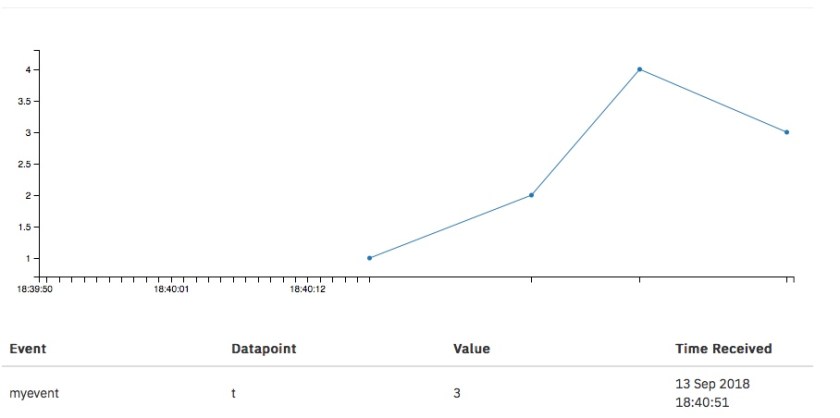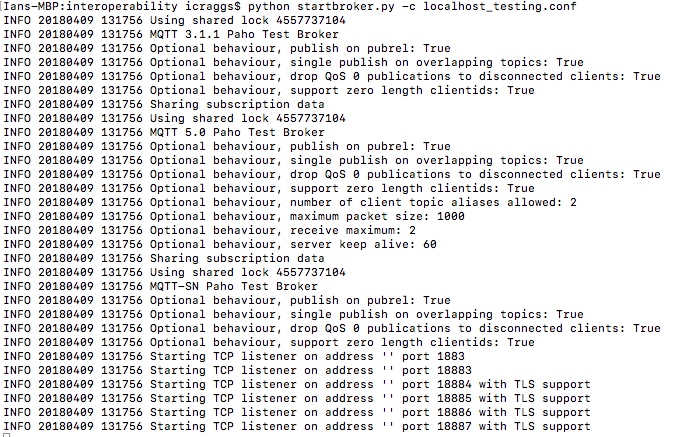In July or August of this year, Benjamin Cabé of the Eclipse Foundation asked if there were any volunteers for presenting at an Eclipse IoT day in Singapore. As I had already given talks on MQTT V5 earlier in the year at the Eclipse IoT day in Santa Clara and EclipseCon France, I thought, why not? We do have a lot of interest from all over the world in MQTT, IoT and Eclipse, so it was a good opportunity to reach part of the world I don’t normally see in a professional capacity.
I should have known how far Singapore is from the UK, as I’ve stopped off there once or twice when travelling to New Zealand to visit family in recent years. Evidently I’d forgotten, as when I realised how far away Singapore is, I did have some second thoughts. Well, I thought, I’ll let the IBM travel authorization decision make the choice for me. As it happens I found some flights at a very reasonable cost, the travel authorization was granted, and my travel plans confirmed.
I am happy to stay at home and not travel extensively, so this year has been unusual for me. But the completion of the MQTT 5.0 standardization process is a significant milestone, and people want to hear about the standard and its implementations, so I’ve made the effort. The first stage was getting to Singapore, which involved two 7 hour flights, arriving on the Monday morning of the week of the conference. This was the day after the Singapore F1 GP had taken place, so the course was still being dismantled. It took the taxi driver an extra 25 minutes to reach the hotel because of the continuing road closures!
After I had a few hours sleep, Benjamin and I met up later in the day and took a walk through the Gardens by the Bay which is the one sight that I definitely wanted to see in Singapore. We had some crushed sugar cane to drink, and chicken rice to eat, all of which was very satisfying. After taking some photos of the garden I walked back to the hotel, which was still complicated by the road closures, but I made it.
After a fairly good night’s sleep, I made the short walk from the hotel to the Conference Center using the bay Double Helix footbridge. The conference centre is opposite the Marina Bay Sands hotel (the one with the ‘ship’ on top of three towers) which always features extensively in the F1 TV coverage.
After the morning coffee and registration, Benjamin was first up with the State of The Union of Eclipse IoT, summarizing the progress that has been made over the past six or seven years. The room was full to overflowing, and the interest high.

Then I was up, largely giving a re-rerun of the talks I had given in California and France earlier in the year. The videos of these talks, as well as the others recorded on those days, are available on YouTube. As before, I ran through a quick history of MQTT, the reasons for defining a new version relatively soon after 3.1.1 had been finished, the new features of version 5.0, and a quick demo of Paho support.

My demo included sending messages over MQTT 5.0 to IBM’s IoT Platform which has announced beta support for this latest version of MQTT.
To explain again, the reason for another version of MQTT now is that the first standardized version, 3.1.1, was limited in the scope for changes to:
- reach a completed standard quickly, and
- be compatible with existing implementations.
This left some outstanding irritants. MQTT 5.0 attempts to fix them while still conforming to the goals of being lightweight and simple.
During the breaks I had chance to talk with a collaborator of mine on the Eclipse Paho project. Tomoaki and I have been working together on MQTT-SN projects for several years, separately for a number of years before then. As Tomoaki lives in Japan, I never thought I would meet him in person, but he made the long journey to Singapore so that we could. It was an extremely pleasant and productive meeting, as we discussed other potential MQTT-SN activities such as support for DTLS.

When the photo was taken I was also enjoying the warm tropical rain. Rain in the UK is always cold – here it felt like it was almost evaporating before it hit the ground, due to the high temperature.
The last session of the morning was Oliver Meili of Bosch SI describing the company’s extensive involvement with Eclipse IoT.

The lunch break was followed by talks on the ioFog, Vorto and Cyclone DDS Eclipse IoT projects. ioFog is an approach to edge computing developed by a startup company embracing open source at its core. Vorto enables translation between IoT model definitions in a variety of formats, and Cyclone is an open source DDS implementation.
The variety of Eclipse IoT projects available now is impressive. You can discover the full range at the Eclipse IoT website.
After the day’s sessions, I met with Tomoaki, then Kilton Hopkins (the driving force behind ioFog) and Benjamin for stimulating discussions, food and drink before retiring to the hotel. The following two days I spent mostly at the Eclipse IoT booth at IoT World, answering questions about the Eclipse Foundation, the Eclipse IoT portfolio, IBM and other companies’ contributions to Eclipse IoT, and the Eclipse Paho project and MQTT. There was unfamiliarity with all of these topics, so the trip was well worthwhile, even given the amount of travelling involved.
















